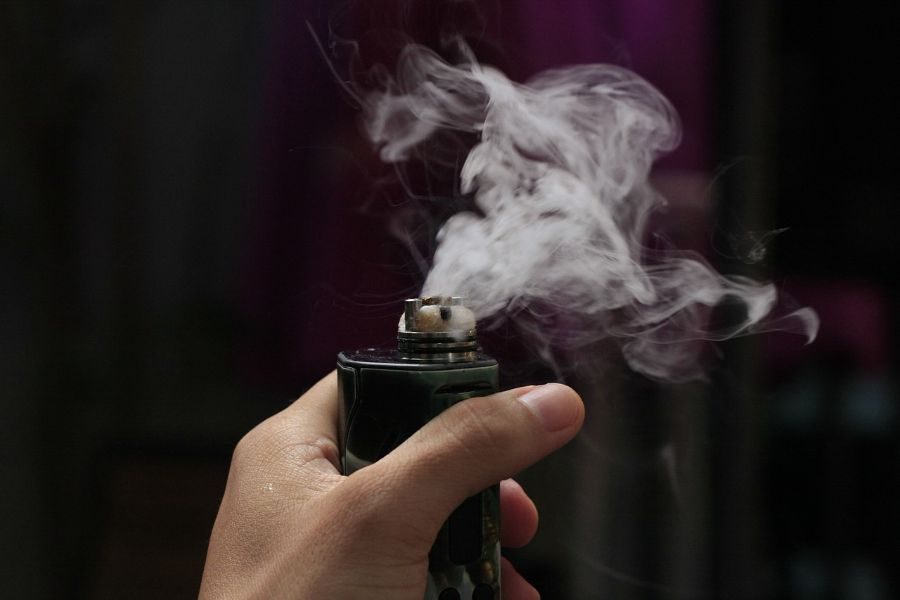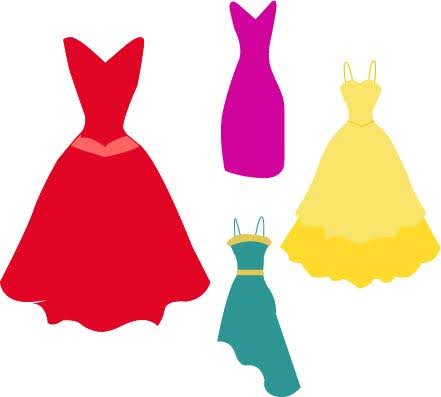Smoke and mirrors: the cunning manipulation of a generation of smokers
Photo credit: pixabay
January 18, 2018
Cotton candy. Blue raspberry. Strawberry shortcake.
Browsing the aisles of a modern smoke shop is the equivalent of visiting a candy store for adults and (some underage) teens. The only difference between the two, however, is that this cotton candy is cancerous.
As traditional cigarettes become increasingly crowded out by electronic cigarettes and vaporizers, the dialogue between health administrators and teens must change. According to a survey conducted by the Centers for Disease Control and Prevention, 20.2 percent of all surveyed high school students reported using any form of tobacco product (including e-cigarettes) in the last 30 days. The CDC also projected that if the current smoking rate persists, “5.6 million of today’s Americans younger than 18 will die early from a smoking-related illness.” They say about 1 in every 13 Americans 17 years old or younger will be affected.
Compare the stereotypical, cigarette-flicking high school teenager of the ‘50s and the iPhone-enabled kids of 2018, and the only real difference is the way they’re getting their nicotine. Realistically, nothing has changed but the scent. With countless artificial flavors, vaporizer juice vapor is certainly less smokey and noticeable than cigarettes. But it’s all about appearances now, right?
Ever since big tobacco and nicotine companies have switched over to pushing vapes onto the masses as a “healthier alternative” to cigarettes, the same kids that were shown blackened lungs in public awareness ads in elementary school are now filling their up with those aforementioned unknown — and sometimes unregulated — vape juices instead. Many of the biggest tobacco companies now have subsidiary vaporizer brand branches. It’s all the same evil, just in a different form.
Objectively, vaping and e-cig smoking do have their minor pluses. A main one that’s emphasized by manufacturers is the use of it as a transitional method to wean people off of real cigarettes. The ultimate draw, however, is that while vapes are coaxing adult smokers into quitting, they’re coaxing teens into the early stages of nicotine addiction at the same time. Today’s teens will admonish cigarettes as “gross” in the same breath that they take a hit from their vaporizers with. Vape companies have not only created a new breed of smoker — or vaper, to be more correct — they’ve created an entire legion of unwilling addicts, too.
Today’s teens will admonish cigarettes as “gross” in the same breath that they take a hit from their vaporizers with. Vape companies have not only created a new breed of smoker — or vaper, to be more correct — they’ve created an entire legion of unwilling addicts, too.
Perhaps vapes were created to cater to a slightly more health-conscious generation of teens and ensure that they still line tobacco companies’ wallets. The different device modifications, and shiny, colorful acrylic buttons and bolts were too hard for this device-oriented age to resist.
The subdued exhale of a cigarette versus the exaggerated cloud that is created via vape is yet another parallel to the shallowness of the wave of born-and-raised social media users. The water-based vapor that can be exhaled from the lungs doubles that of simple cigarette smoke. Pair the photogenicness of the vapor with its sometimes sickly sweet flavors and scents, and you have an instant Snapchat phenomenon.
Modern teens are no different from the ones who tossed cigarette butts out from their Chevy Camaros before heading to math class in 1985. The hyper-masculine, cigarette-flicking delinquent character Billy Mayfield from “Stranger Things 2” would not be having a cigarette while lifting weights, he’d be sucking on a chromed-out vaporizer instead. Yes, the health risk has marginally improved, but is essentially the same.













